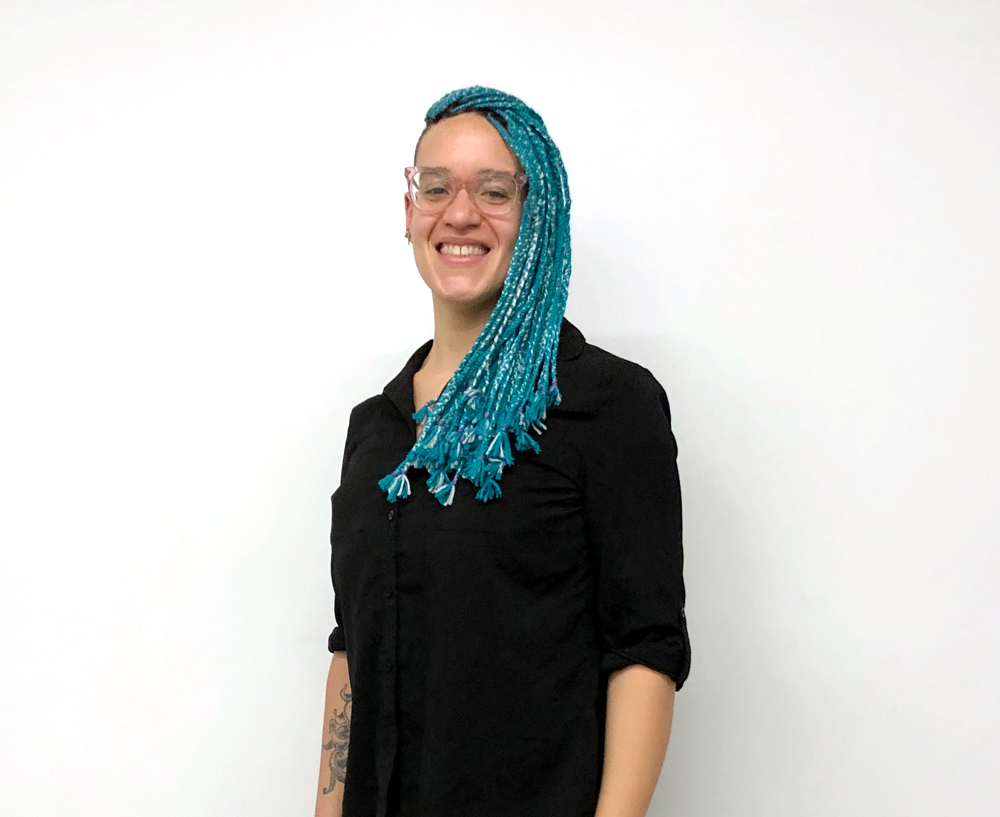Thomas Taylor Weaves More Seaside Spookiness into 'Malamander' Sequel
The UK-based author/illustrator spoke with SLJ about the anticipated sequel to his delightfully eccentric fantasy Malamander.
After making a splash in Malamander (Walker, 2019), young sleuth Herbert Lemon is back to solve monster mysteries with friend Violet Parma in the oddball town of Eerie-on-Sea. UK-based author/illustrator Thomas Taylor spoke with SLJ about the anticipated sequel to his delightfully eccentric fantasy.
 What was the inspiration behind this fantastical adventure-mystery series?
What was the inspiration behind this fantastical adventure-mystery series?
Moving to a seaside town, and discovering what life is like there in the winter once the tourist season is over. When the bright lights and attractions are shut down, and the weather's turned bad, that funny local legend about a monster that seemed so laughable in the summer is suddenly less of a joke, especially as you hurry home across the darkening beach and hear a strange sound behind you. Such places are the perfect backdrops for mystery, not least because the ocean could be hiding almost anything!
How did you come up with the titular monsters in Malamander and Gargantis?
For Malamander, I wanted a word that sounded like it could be a "real" legendary beast. To do this I sought real animal words I could change just one letter of. I spotted very quickly that changing the S in "Salamander" to an M gave me "Mal," which means "bad" or "evil" in Spanish and French, and that "Malamander" sounded like something very monstrous indeed. Gargantis was much harder—I struggled for months and went through several different options. In the end, I collected a lot of words that suggested huge size, terrible weather, and the bottom of the sea, and worked at blending them to see what came out. "Gargantis" came from mixing "Gargantuan" with "Gigantic" and "Atlantis." 
The descriptions in your books are so visual. Do you think your experience as an illustrator plays a role in your vivid writing?
Yes, I do, though what really counts for me is having a visual imagination. I still frequently start my note-making with sketches and doodles. I often go into writing a scene with a vision of how the moment will look before I know exactly what will happen. Other senses can get left behind, and I have to remind myself to describe smells, sounds, etc. as well.
What does your writing process look like? How do you keep track of all the moving parts in your novels?
My writing process is a mess, I'm sad to say. I start with a lot of daydreaming, and trying things out in my mind, often whilst on long walks. Once the daydreaming has produced enough material, there comes a moment when I have to start writing it down or risk losing it. My note-making is haphazard, and there are usually a lot of pieces of loose paper, rather than tidy notebooks. I find planning a whole novel in advance next to impossible, but I do often produce a rough map. This map shows me where I started and where I'm going, and includes all the "places" I have to visit on the way. By places I mean themes, moments, plot points and twists. I'm a bit of a perfectionist, which means I find it hard to leave rough text behind and keep driving forward. Because of this I do a lot of revising as I go, slowing me down. This helps later though.
Your character names and terminology are so creative (Herbert Lemon, the Flotsamporium). Do you have a running list of words and concepts to inspire these clever wordplays?
Not exactly, though I do think a long time about the names of my characters. Herbie and Violet are named after Sherbet Lemons and Parma Violets, both traditional candy in the UK. I have a habit of playing around with language and inventing phrases and portmanteaus that I’m sure is pretty annoying for my family, but quite useful for fiction.
 Eerie-on-Sea is filled with many intriguing townspeople. If there was another character you could spend more time exploring, who would it be?
Eerie-on-Sea is filled with many intriguing townspeople. If there was another character you could spend more time exploring, who would it be?
I feel sure that Jenny Hanniver has a complex backstory, and one that I haven't explored at all. I'd quite like to write the story of the Eerie Book Dispensary one day, and how Jenny set it up.
As an author, what’s it like having a book come out during the pandemic?
It's been odd and sad to see all my events and diary appointments vanish. Book tours and launch parties are impossible in the UK right now, as they are in many places. The hardest part of trying to promote a new book during the pandemic (we've been living under lockdown for months here in the UK) is being confined to the internet and social media for everything. It has been fun connecting with readers anywhere in the world though. I'm always happy to be asked questions on Twitter (@ThomasHTaylor).

RELATED
The job outlook in 2030: Librarians will be in demand
The job outlook in 2030: Librarians will be in demand
ALREADY A SUBSCRIBER? LOG IN
We are currently offering this content for free. Sign up now to activate your personal profile, where you can save articles for future viewing






Add Comment :-
Be the first reader to comment.
Comment Policy:
Comment should not be empty !!!